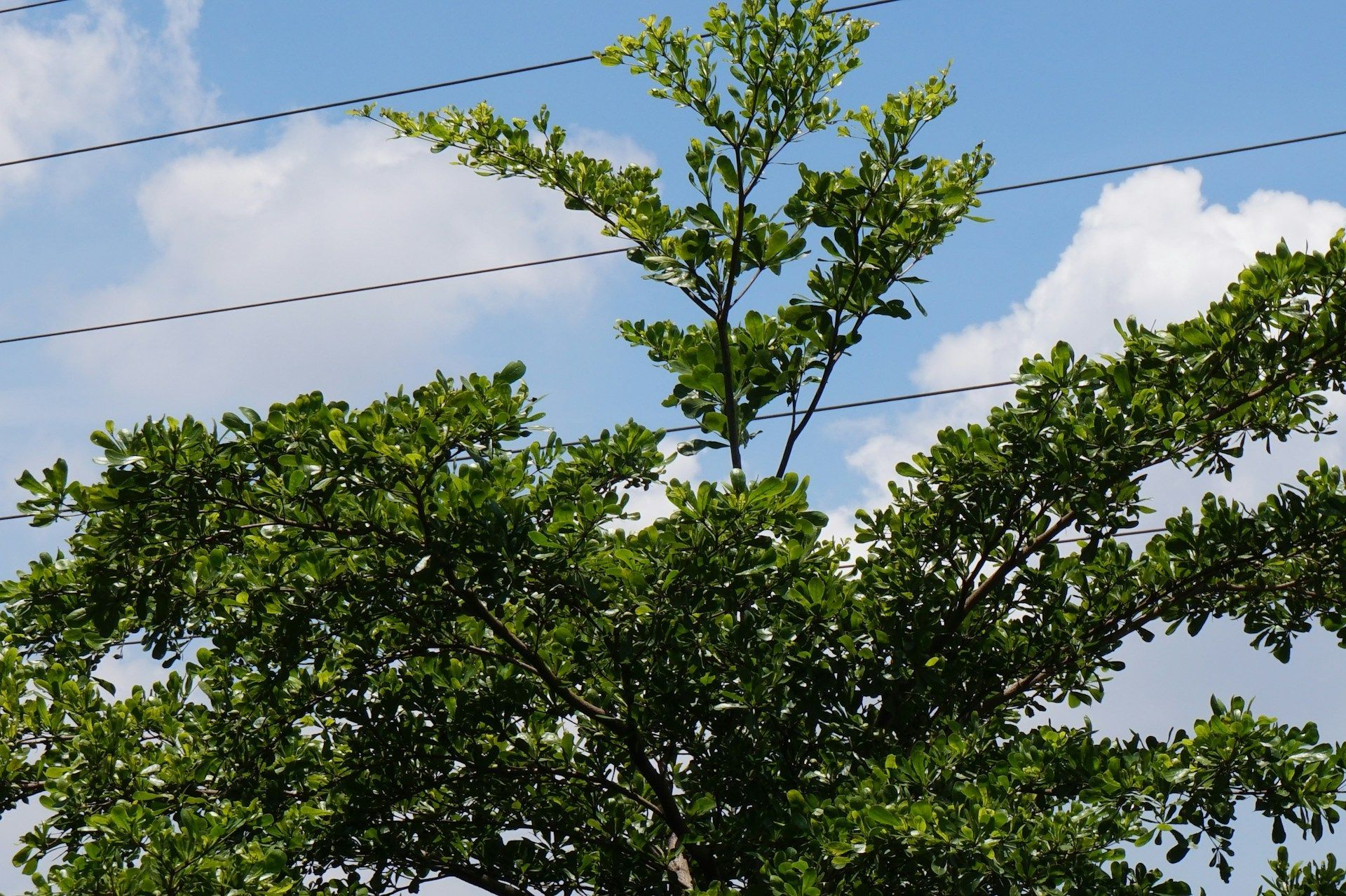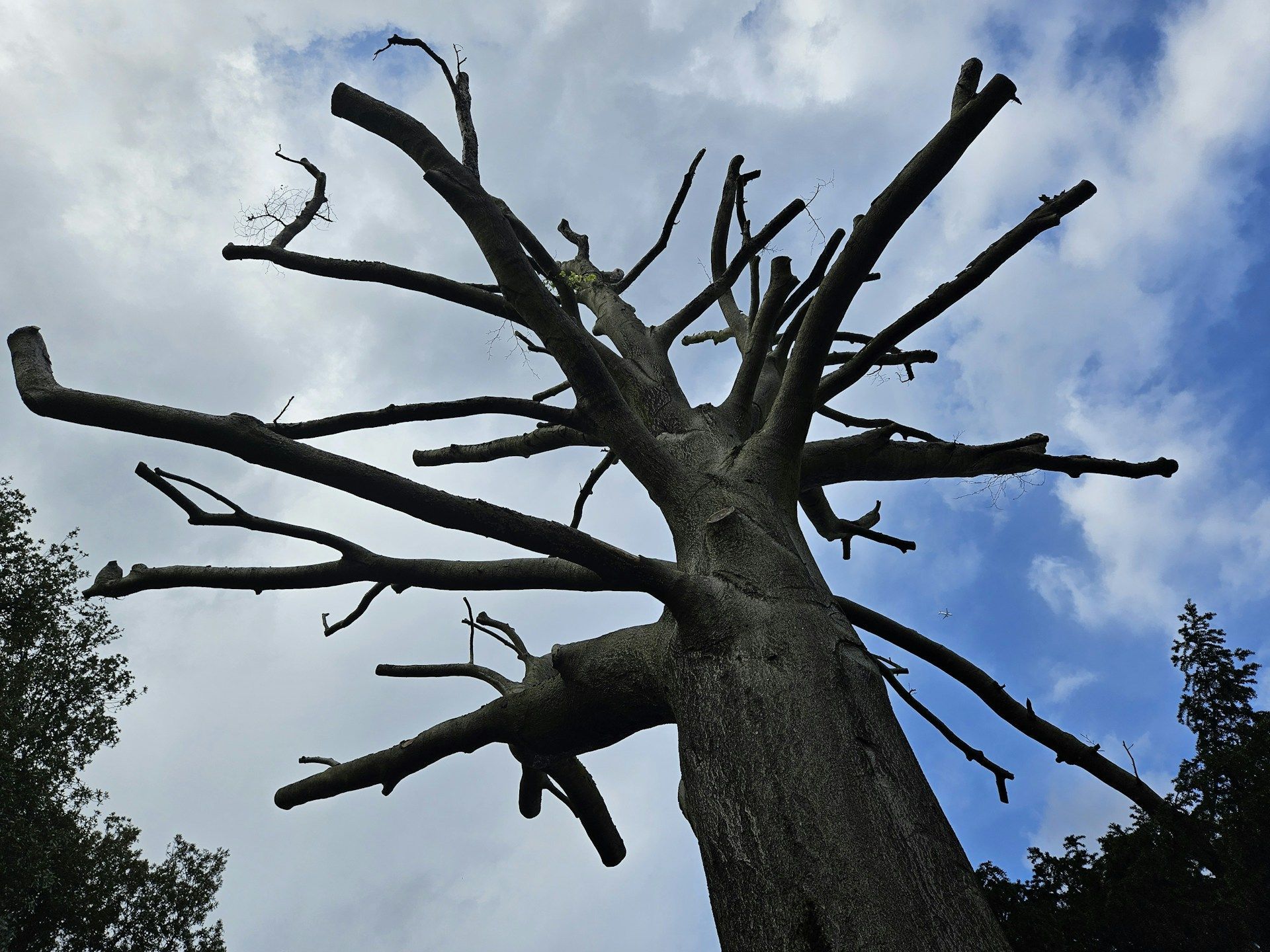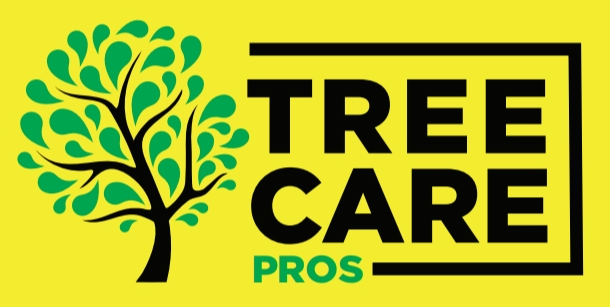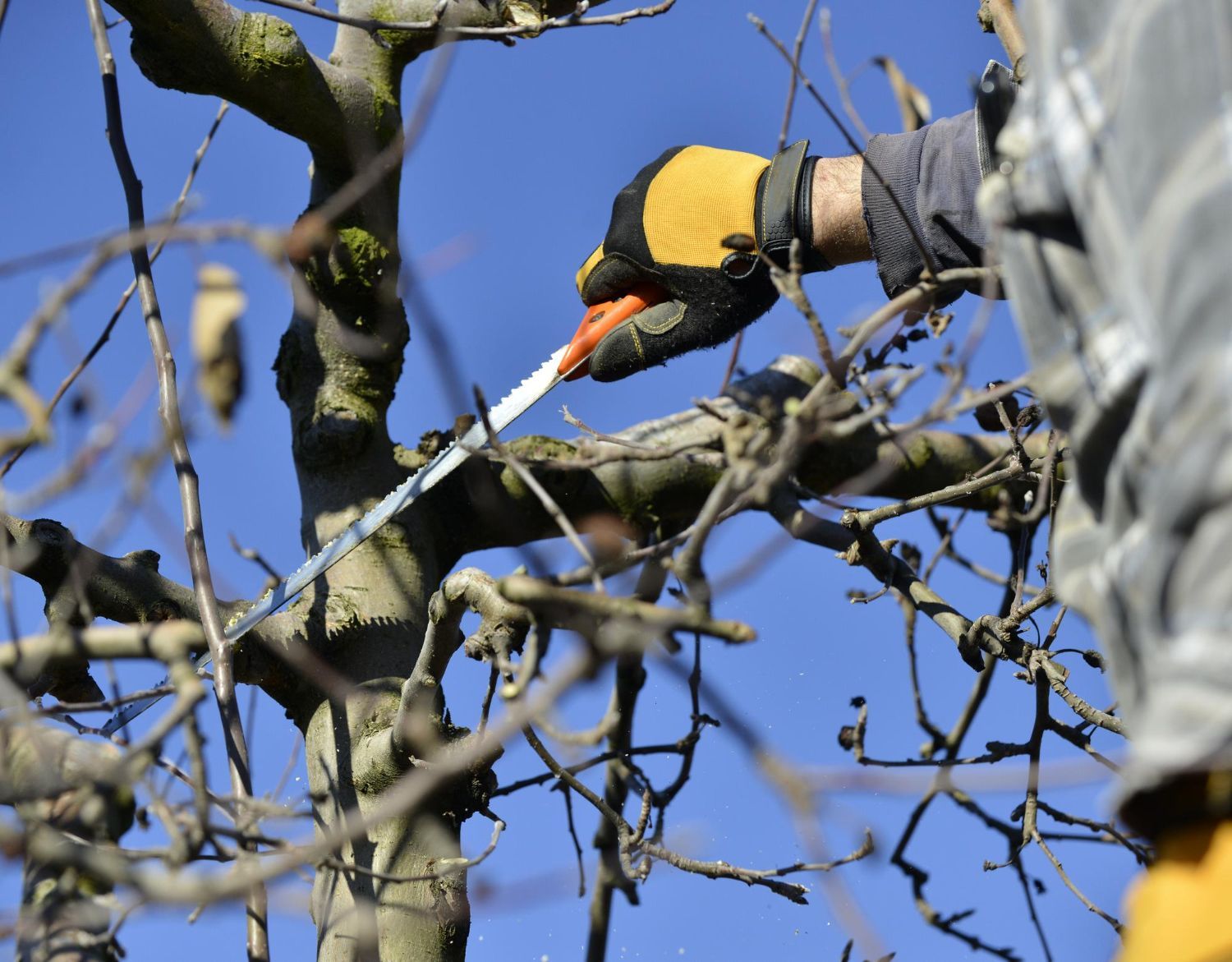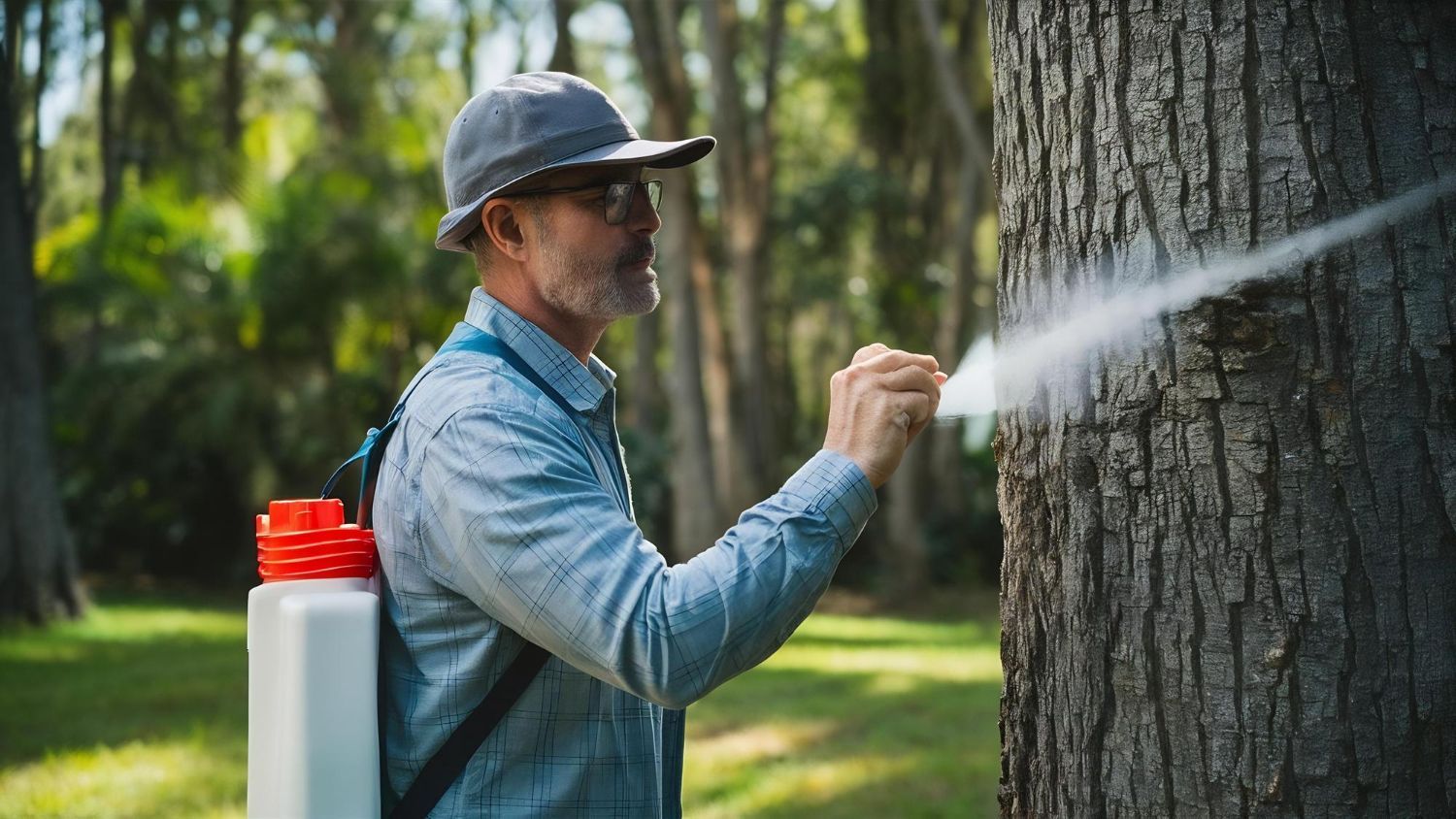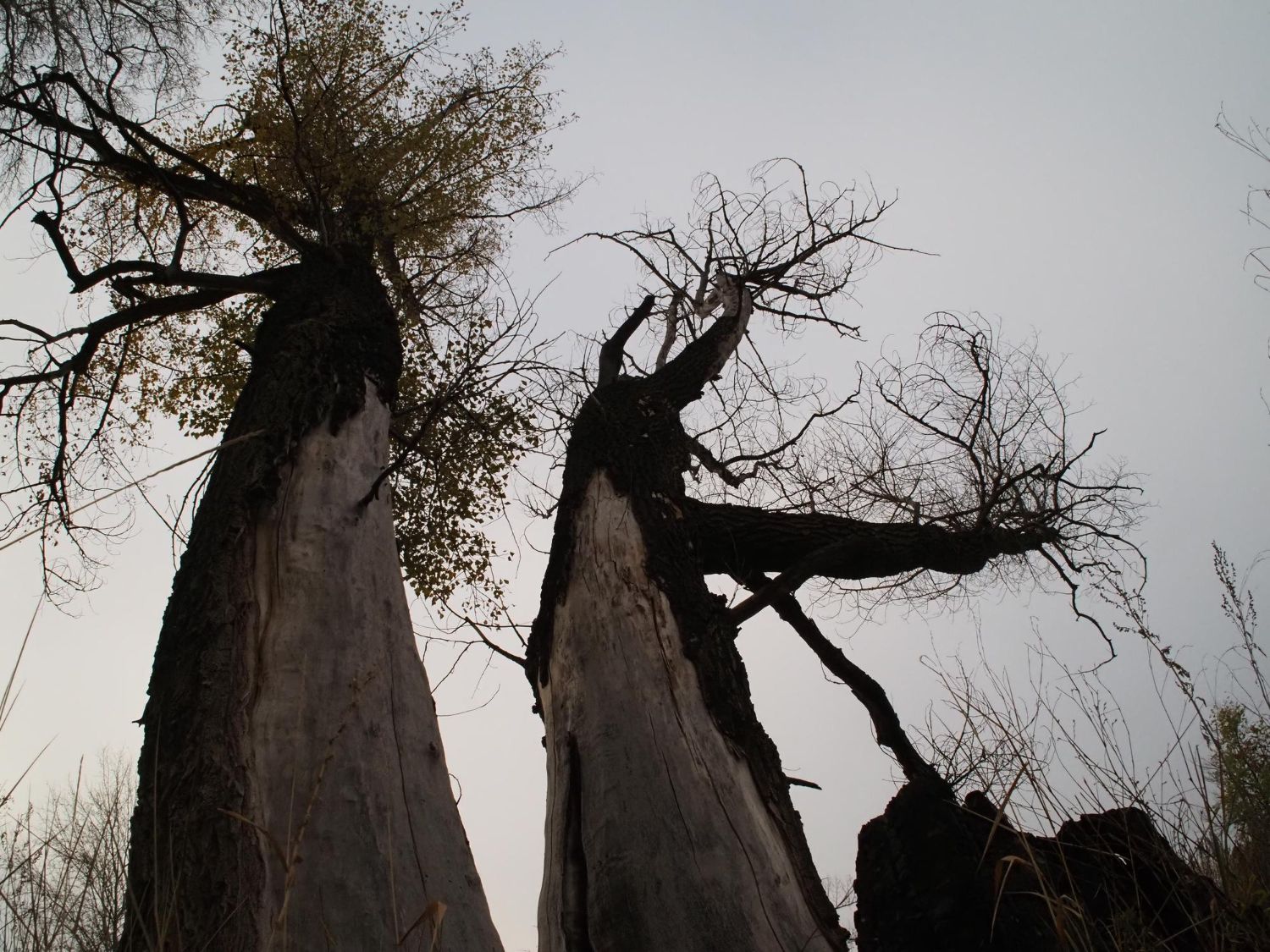What to Do When a Tree is Blocking Your Sunlight
Having trees around your home can add beauty and tranquility to your outdoor space. They provide shade on hot days and create a natural habitat for various wildlife. However, an overgrown tree can sometimes block the sunlight needed for your garden or outdoor area, turning a pleasant spot into a shady, less inviting space.
Sunlight plays a big part in maintaining a healthy garden and overall pleasant backyard atmosphere. It nurtures plants and keeps the area lively and vibrant. When trees grow too large or stand in the wrong spot, they might block this essential brightness. This can lead to a garden that looks dull, wilted plants, or a yard that feels dark and unwelcoming. It's beneficial to address such issues promptly to maintain the appeal and functionality of your outdoor environment.
Identify the Problem
Recognizing that a tree is blocking too much sunlight is the first step to solving the problem. Here are some signs to watch out for:
- Your garden plants seem to struggle or grow slowly, unlike before.
- Patchy lawn spots where the grass just won't grow.
- Persistent dampness in the shaded area, which may lead to moss or algae growth.
- You find yourself needing to spend more time in other areas of your yard to enjoy the sun.
Understanding these indicators can help you determine whether your trees need adjusting. A closer inspection can confirm if an overgrown tree is causing these issues. Sometimes, it’s not just one tree, but a combination of foliage that contributes to the reduced sunlight, making it necessary to evaluate the situation thoroughly.
Understanding Tree Trimming Services
Tree trimming services offer a way to restore balance in your yard, providing expert help to address sunlight blockage without harming the tree. These services involve the careful removal of specific branches to enhance sunlight penetration and promote healthier growth. Professionals handle the task using specialized tools, ensuring that the tree remains healthy and continues to grow properly.
Here are some key benefits of professional tree trimming:
- Improved sunlight and air circulation.
- Enhanced tree structure and appearance.
- Reduced risk of fallen branches, offering a safer outdoor space.
- Prevention of disease spread through healthier tree management.
Employing tree trimming services means you're not only improving the quality of sunlight that reaches your yard but also ensuring the long-term health of your trees. Access to professional insights allows for precise pruning, which maintains the safety and beauty of your home’s exterior while enhancing the overall health of your trees.
Steps to Take When a Tree Blocks Sunlight
Tackling the challenge of a tree that blocks sunlight starts with a thorough evaluation. Observing its health and position helps decide the best path forward. Healthier trees might just need a trim, while those in less-than-ideal spots could require a more significant change.
A good step is reaching out to a professional who can bring in their expertise. They can assess the tree's structure and spot any underlying issues you might miss. A professional can offer advice on whether a simple trim will suffice or if larger branches need removal for optimal light.
Sometimes a little branch removal is all it takes. Trimming or selectively cutting back branches opens up space for sunlight. Professionals not only understand which branches to cut but also how to do it safely, preserving both the tree's beauty and your garden's sunlight levels.
Maintaining Tree Health and Sunlight Balance
Keeping trees well-maintained ensures your garden gets adequate light all year round. Regular check-ups help spot early symptoms of overgrowth and prevent trees from becoming light blockers. Consistent pruning is vital to maintaining this balance in your garden while fostering tree health.
Here are some tips to maintain this balance:
- Conduct regular inspections to look for growing branches or thick foliage.
- Schedule periodic tree trimming to manage growth and exposure.
- Work with tree care specialists for consistent and tailored advice.
- Keep an eye on garden areas, noting any recurring issues with light.
By maintaining a regular care routine, you can enjoy a garden that's both bright and lush. The focus is on balancing sunlight needs with the growth of trees, ensuring both thrive without one overshadowing the other.
Ensure Your Outdoor Space Stays Bright and Inviting
Addressing issues with trees and sunlight ensures your garden remains an inviting oasis. By taking action, you create a lively space full of energy, where plants can flourish, and family time feels cozy and fun.
By managing your trees thoughtfully, you're saying yes to a garden that's both beautiful and full of life. Whether through trimming or ongoing care, making sure the sun reaches every corner makes all the difference in keeping your outdoor space vibrant and inviting.
Keep your garden lively with the right care for your trees. For a bright and welcoming space, consider professional
tree trimming services to enhance sunlight and nurture healthy growth. The team at Barrie Tree Care Pros can help ensure your trees are both beautiful and allow the sun to grace your lawn all year round.

